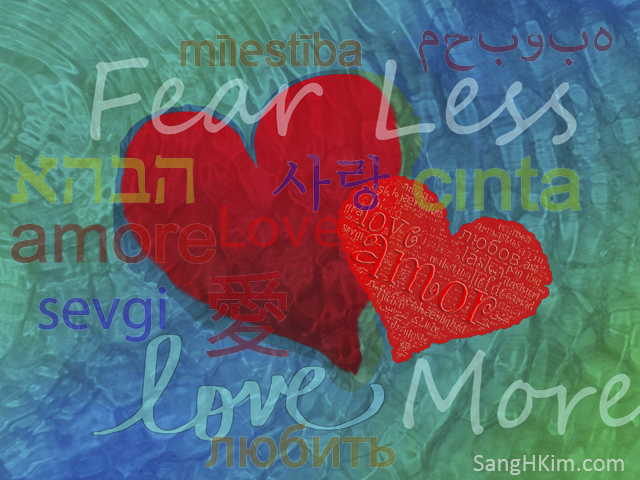We are taught to face fear and get over it. Just do it.
On the other hand, our resources are limited. We are under-powered. Fighting fear can exhaust our resources. And fear never stops coming at us, small and big.
If you are a soldier or cop, there is no alternative. You must face fear and get through it, no matter what. It’s a chosen duty. But most of us, as civilians, face fears that are intangible, delicate, tricky, long-term, ambiguous, demoralizing, lonesome, and consuming.
Fighting this kind of fear distracts us from the essential purpose of living: loving, creating, and connecting. It’s unproductive. It’s like hitting a rock with a dozen eggs.
Logically speaking, fear has a lifespan like anything else. It disappears in time. Or our memory of fear fades. Something more attractive fills our thoughts. Luck plays its role. My point is that you don’t always have to face your fear. It’s not the only way to get over it. You have options: avoid > ignore > deny > let go.
Avoid, as much as you can and as long as you can. Run away from the fear. When you stop, it is likely to bite you. Be the front-runner. Run as fast as you can. Racing with fear leaves it always behind you. Run forward. Leave it behind.
Ignore fear totally. Don’t look at it. Absolutely don’t face it. Don’t even acknowledge the presence of it. Be oblivious of it. Pull back your attention from it and shut your awareness off.
Deny your fear. Think that you have no fear. Clearly and verbally tell yourself that you don’t have fear. Think that you don’t even have room for fear in your life. Simply deny it.
When you recognize and face fear, you give it an identity. You are giving the stranger his ID card. When you accept fear, you are inviting it into your mind, giving it a room to stay. The stranger now has legitimate room to make a mess. To kick him out of your mind would take a bloody full scale war.
You have to ask yourself, “Is it worth it?”







